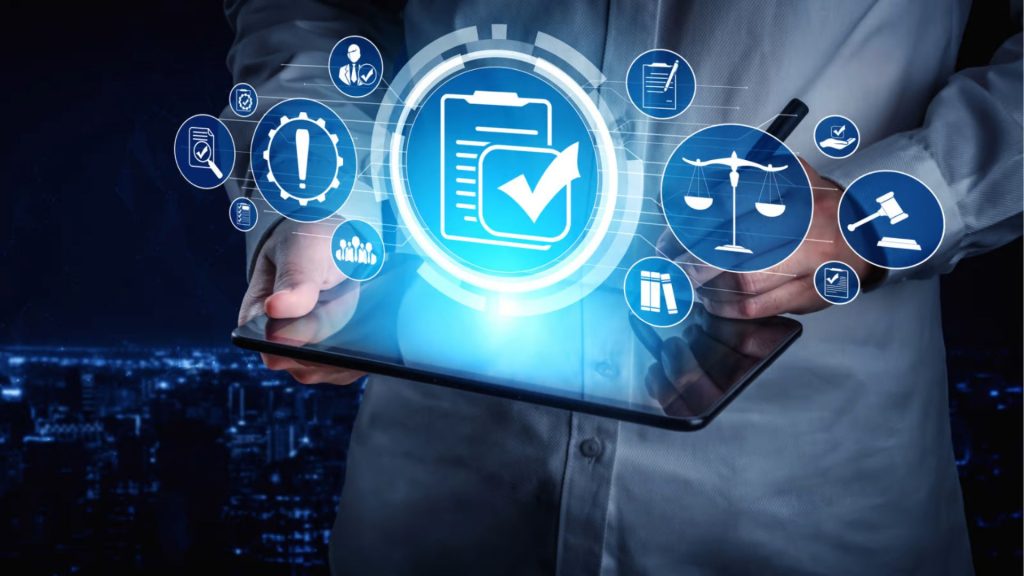Digital Forensics and eDiscovery function is a department working in an organization, mainly responsible for adopting the risk-based approach towards managing digital forensics and electronic investigations and ensuring that digital frauds are identified and investigated promptly.
As a best practice, a larger organization’s Digital Forensics and eDiscovery Function should not be directly involved in the business and operational activities. The function should also have independent oversight and be able to communicate directly with those parties who make decisions about the business, such as senior management or the board of directors.
Roles of Digital Forensics and eDiscovery Function
The Digital Forensics and eDiscovery function as the following:
Have the necessary authority and access to resources to implement an effective information security compliance program and make any desired changes
Have knowledge of the business sector’s cybersecurity and data-related risks and vulnerabilities, as well as digital trends and typologies
Understands the business sector’s requirements under international data protection, cybersecurity, and related standards and regulations
Ensures compliance with applicable laws, rules, regulations, and instructions
Develops end-to-end digital forensics and e-discovery policies, procedures, methods, tools, etc., in the light of applicable regulatory requirements
Ensure, monitor, or oversee the entity-wide implementation of such policies and procedures
Determines the resources required to perform digital financial crime investigations, evidence gathering, reviews, and conclusions
Ensures that appropriate policies and processes are developed and implemented to support the information security compliance program of the organization
Provides summary data and reports digital fraud or financial crimes-related findings to the board for review
Report to the Digital Forensics Investigations Management Committee or DFIMC and the board promptly on any material regulatory noncompliance, such as failures that may attract a significant penalty, for example
Reviews the information and data protection policies and procedures to ensure that applicable digital forensics and electronic discovery clauses are incorporated
Coordinates with senior management to implement overall digital forensics and discovery program
Ensures that the digital forensics team is provided with training on an ongoing basis
Final Thoughts
Both digital forensics and eDiscovery play important roles in modern legal proceedings. Digital forensics is used to uncover evidence that may be hidden or difficult to find, while eDiscovery is used to manage the vast amounts of electronic information that are generated in today’s digital world. Together, these functions help ensure that electronic evidence is properly collected, preserved, and presented in a manner that is fair, reliable, and admissible in a court of law.




